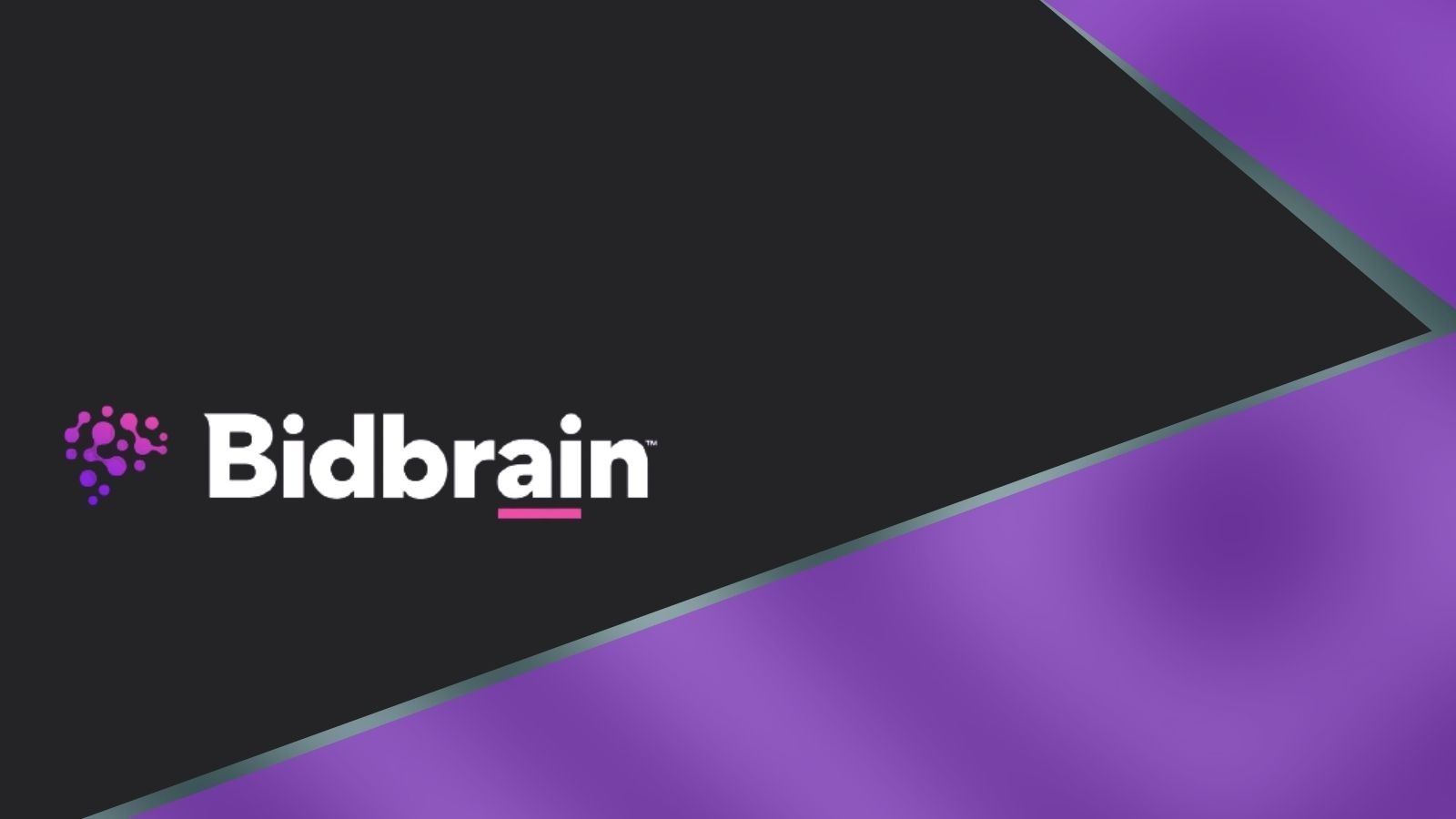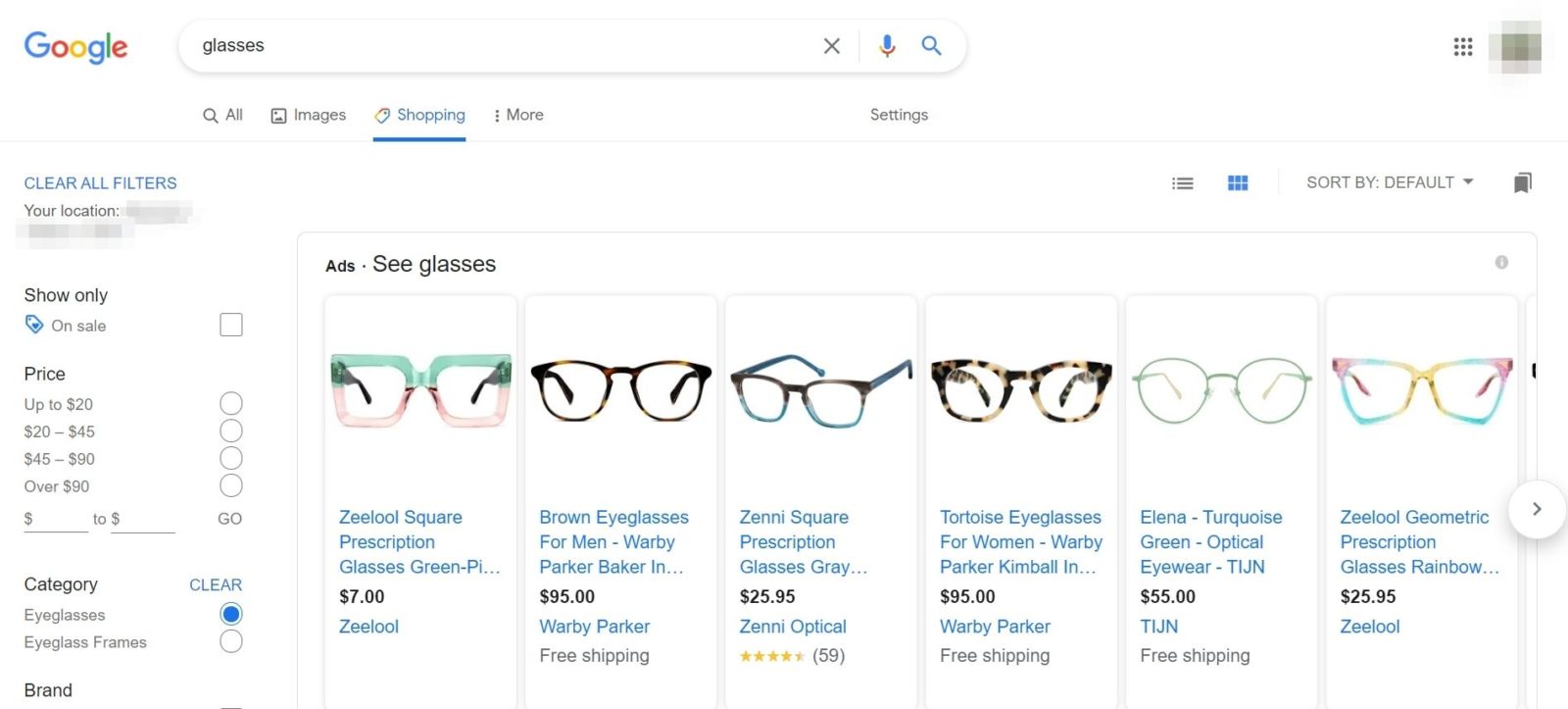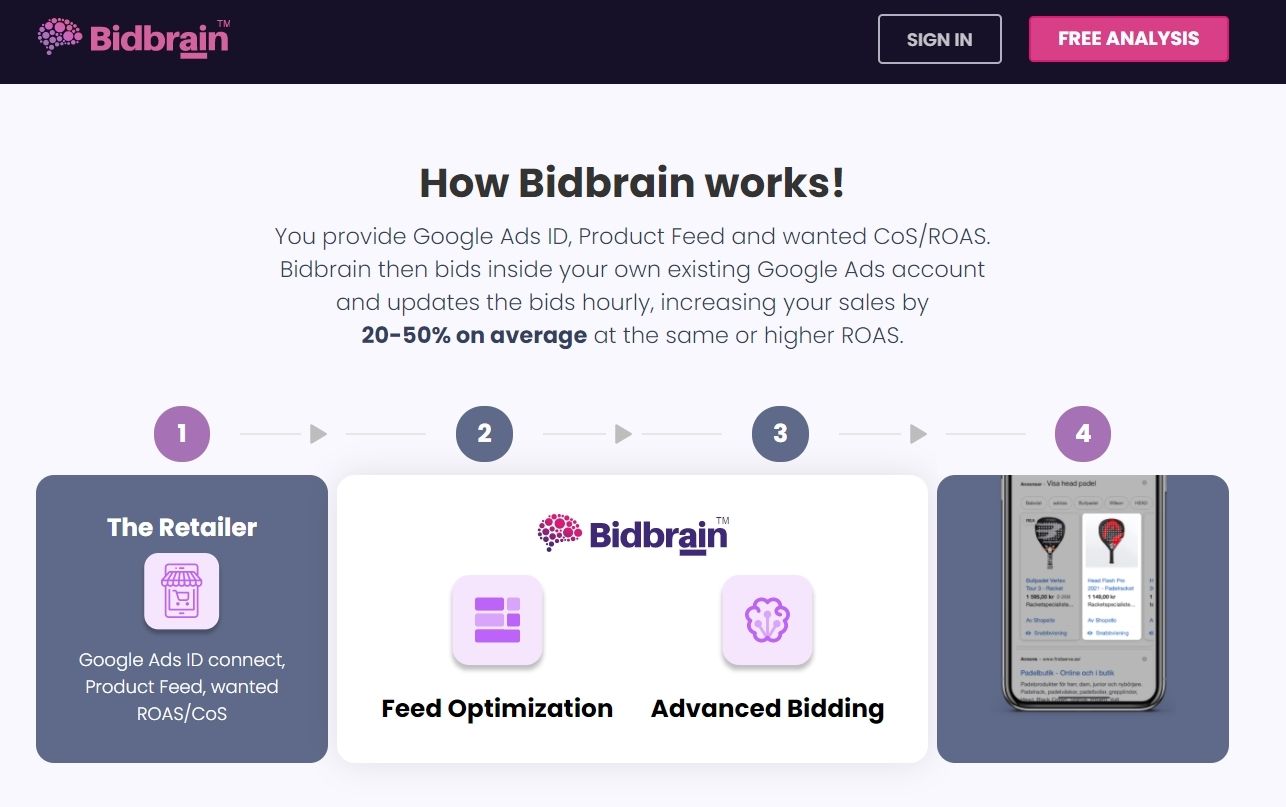Fredrik Lindros talks about something in his latest presentation at the Redeye SaaS Seminar that all e-retailers should be thinking about: Google Shopping Ads.
Also called Product Listing Ads or PLAs, Shopping Ads are Google’s main ‘money-maker’ when it comes to getting clicks on Google Ads — taking up at least 65% of all clicks. This is a big deal, seeing as Google currently owns 72% of the Search Ads Market — which was worth almost 150 billion USD in 2019 and is expected to reach 211 billion by 2025.
What makes Shopping Ads such a hot commodity? Well…
- They appear for online shoppers with High-Buying Intent
- They’re placed at the top of SERP (Search Engine Result Pages)
- They come complete with attached images, pricing info, reviews,
- And they can be optimized with a Target ROAS (Return on Ad Spend).
All of this means that, if you get your ads listed, you can advertise your products in the best possible light for online shoppers to see. It means that you can be where you need to be (and when you need to be), to get that sale you’re looking for.
But, of course, it’s not all that easy to see improvement in your Google Shopping results. And this is where the rest of Fredrik Lindros’s presentation comes in:
How to Improve Google Shopping Results
With Google Shopping, the name of the game is to make sure that your Shopping Ads are where they need to be to grab your target buyer’s attention. That means winning the bidding auctions that Google hosts in real-time for nabbing prime ad real-estate.
There are a couple of different ways to go about doing this:
- You can go real basic, real simple, and use the same bid for all your products. This method, which Fredrik Lindros calls the “One Price” method, is definitely not the most budget efficient, and neither is it set up for maximum success, but it is a strategy a lot of beginners, especially, tend to default to.
- If you can handle some extra work, you can move on to using “Manual Rules” instead, where you adjust the price of your bids (higher or lower) based on the performance of each product. This strategy is used by those who want to keep their marketing campaigns in-house and usually requires a lot of time and resources to maintain.
- Now, if you don’t have that kind of time or the resources to keep things constantly updated, you can turn to “Digital Agencies” instead — third-party companies that take over the handling of your campaigns for you. But this does mean that you’ll be giving up a significant level of control to people who are not necessarily 100% on your side.
These three strategies are more than enough for some retailers. But, if you really want a leg up over your competitors, you’re probably looking for something else.
So, how do you play the game to win?
Optimizing Google Shopping Campaigns with AI
This is what Fredrik Lindros says in his presentation when talking about who will win the e-commerce war: “I’ll let you in on a little secret. I think that the ones that can be the most granular with their bidding will be the ones to win this game. It’s the e-retailer that is able to use all of their data to determine when best to bid high or low — who will win. And for that? You’ll need to either have a department filled with data scientists or… you can use AI-based tools.”
The beauty of AI tools is that they can take the hundreds of millions of outcomes and bid cluster possibilities and calculate which has the best chance of success… in an instant.
And there are plenty of them out there that were developed specifically for improving the success rate of your Google Shopping Ads.
Most retailers are probably already familiar with Google’s own Smart Shopping or their Target ROAS but the recently launched Bidbrain™ — the star of Fredrik Lindros’s entire presentation.
According to Fredrik, Bidbrain is a SaaS solution that is able to determine which combinations have the highest probability of converting traffic in real-time — enabling retailers to target conversions with advanced bidding functionalities that make use of all the data available.
It also doubles as a product feed optimizer — capable of making error adjustments, scraping data (from your website, from the web, from your competitors, etc.), rewriting product titles and descriptions to have better-converting keywords, and so on — to make sure that your Google Shopping campaigns are always at their best form.
Currently, Bidbrain is in “closed-beta” while the team puts the engine through its paces with case studies involving actual online shops and business. But so far? The results have been overwhelmingly positive, according to Fredrik, who states in his presentation that clients were able to see up to a +138% increase in sales at a reduced cost of -21%!
Only time will tell if the product will be able to keep up with its competitors in the market, but for the moment? It’s definitely one to keep an eye on.










